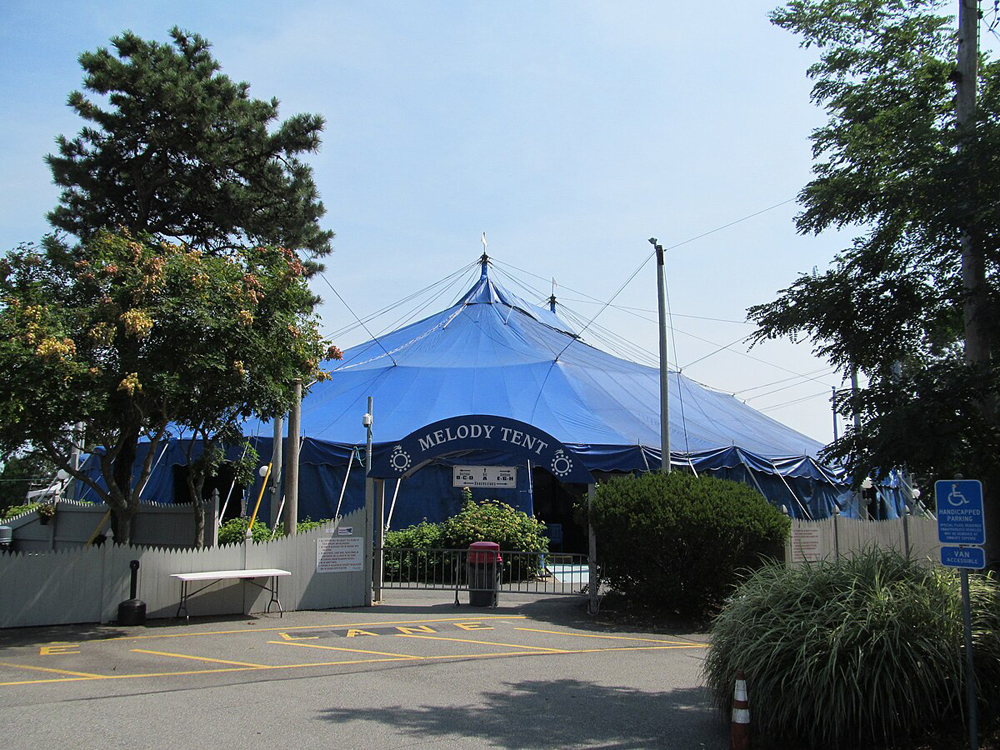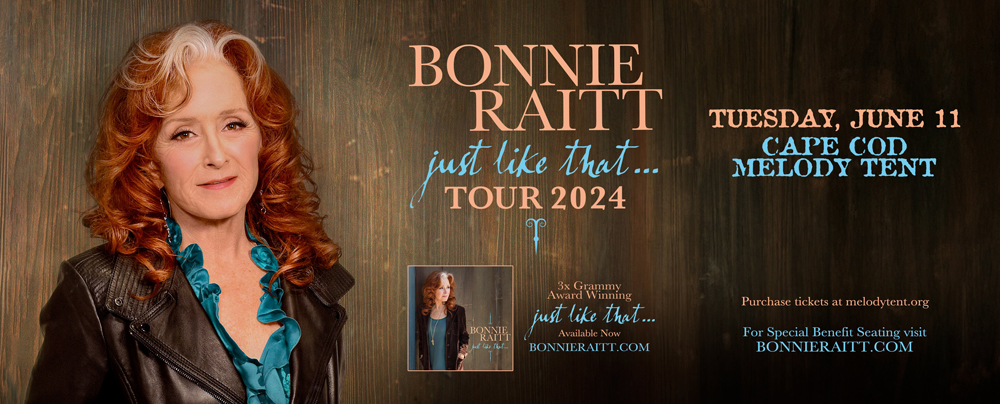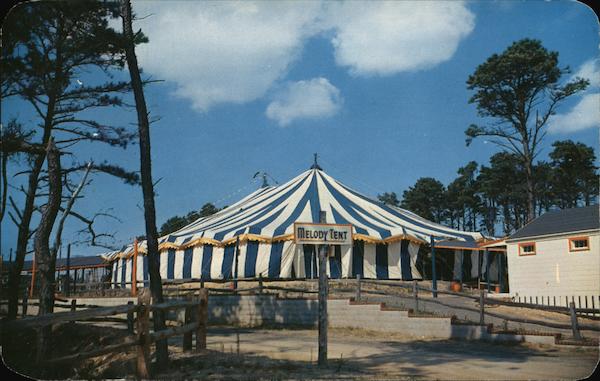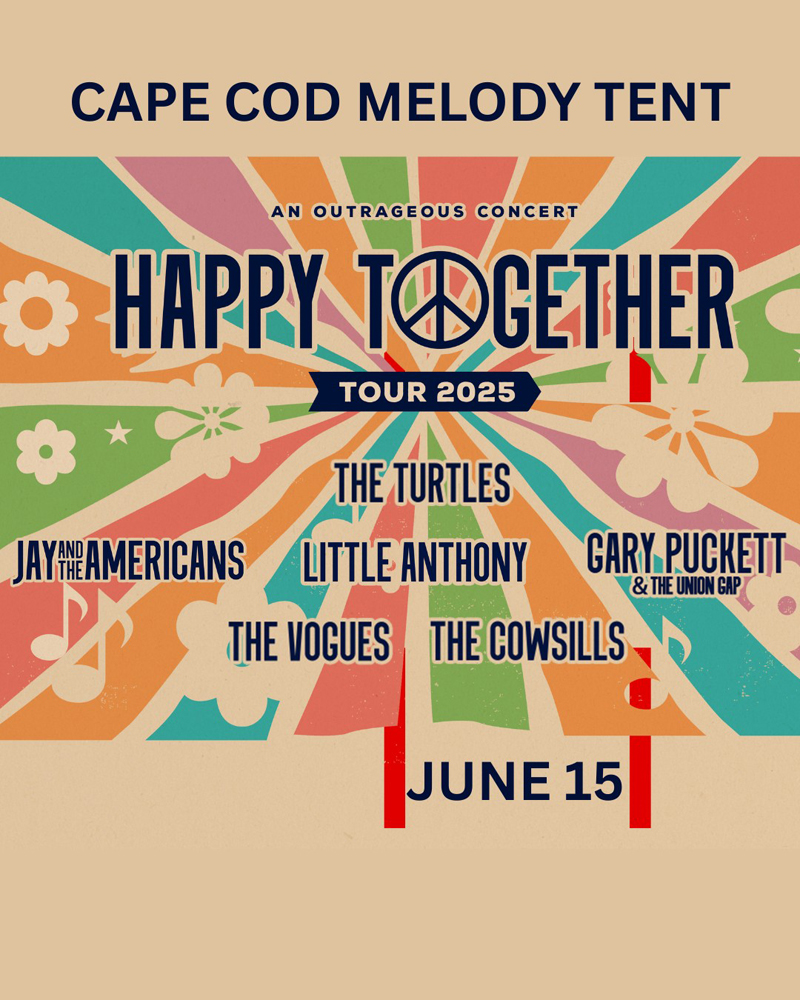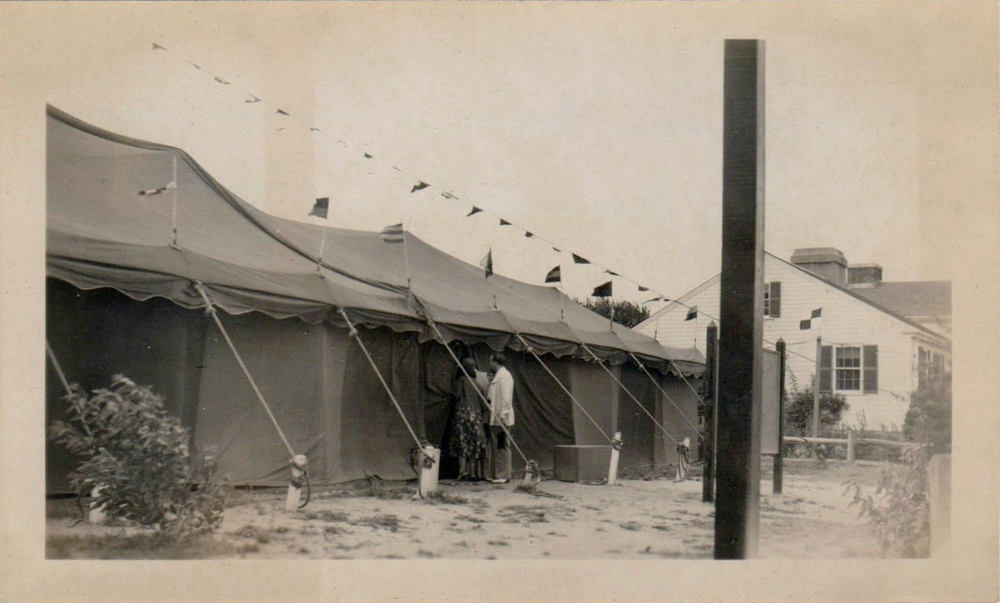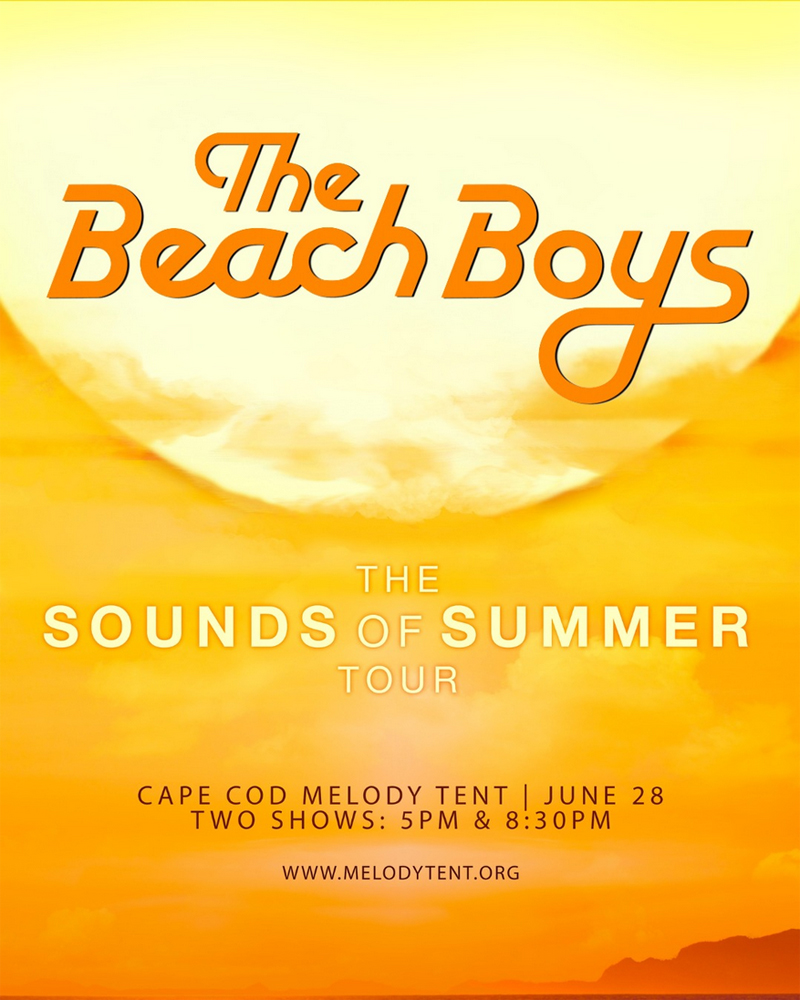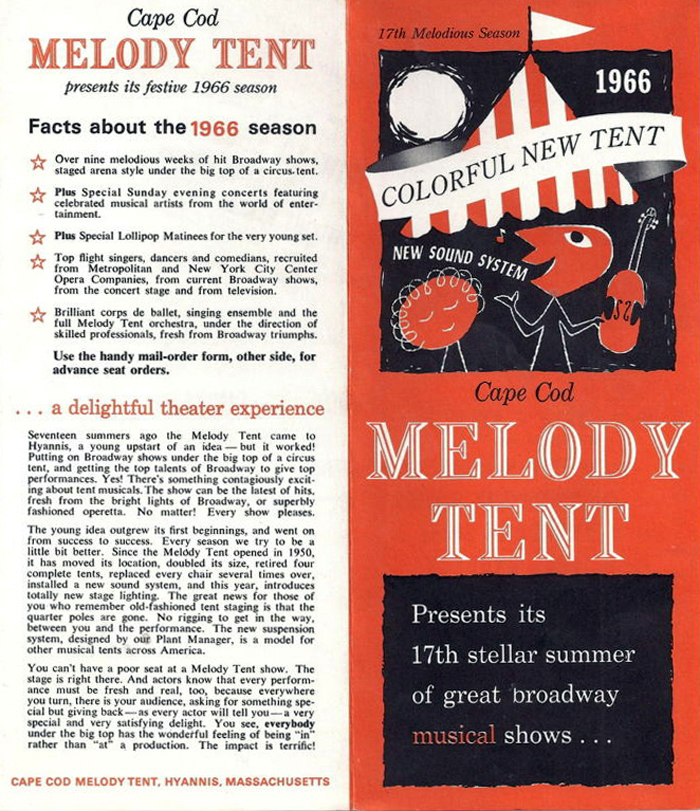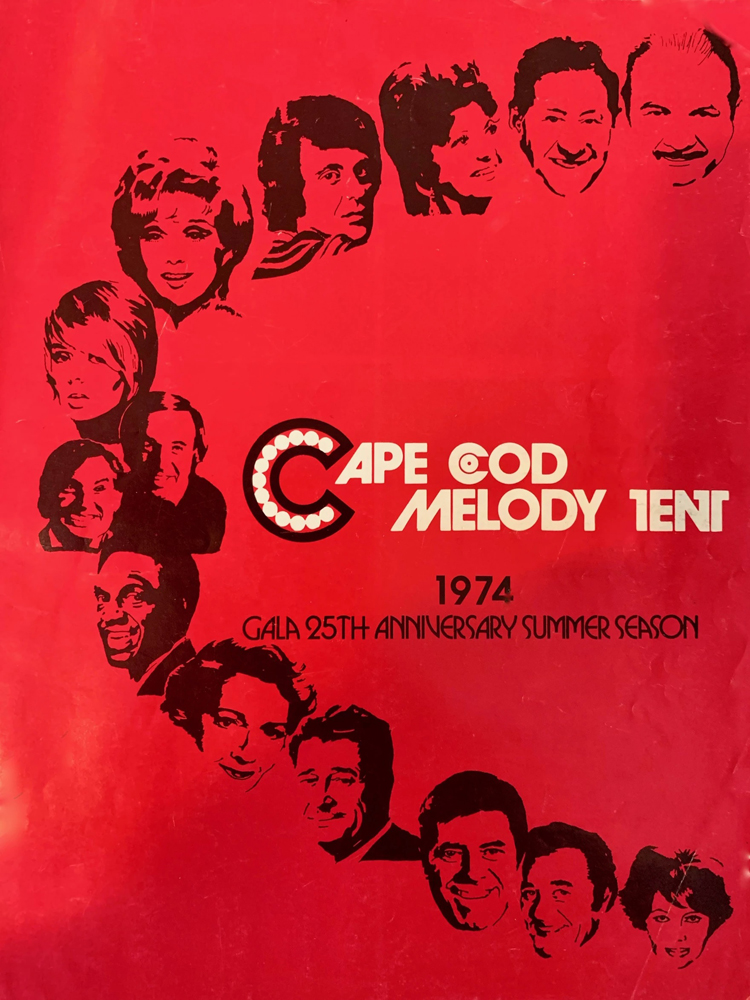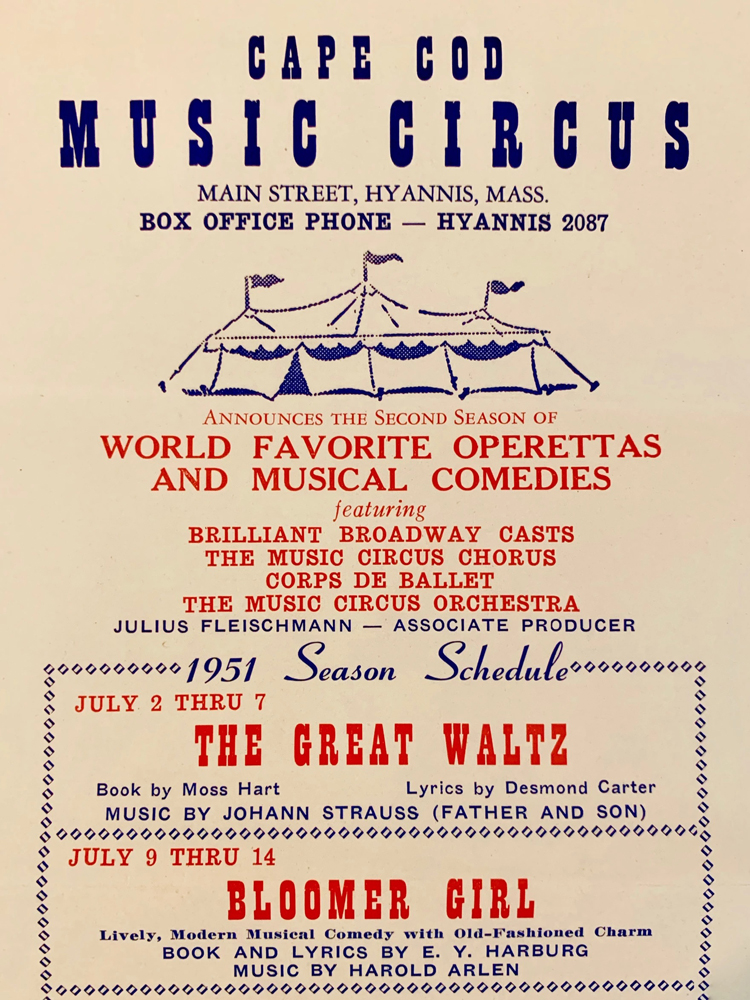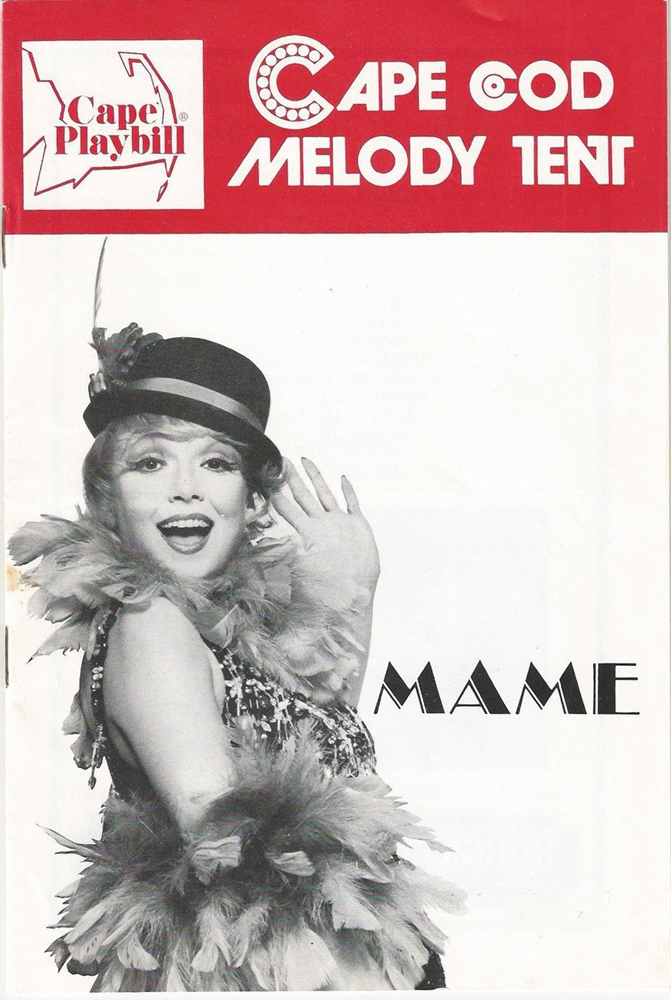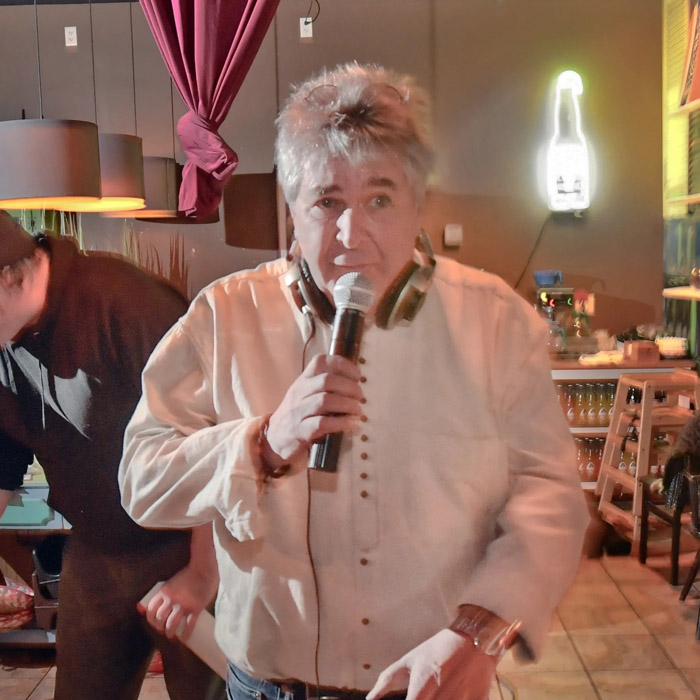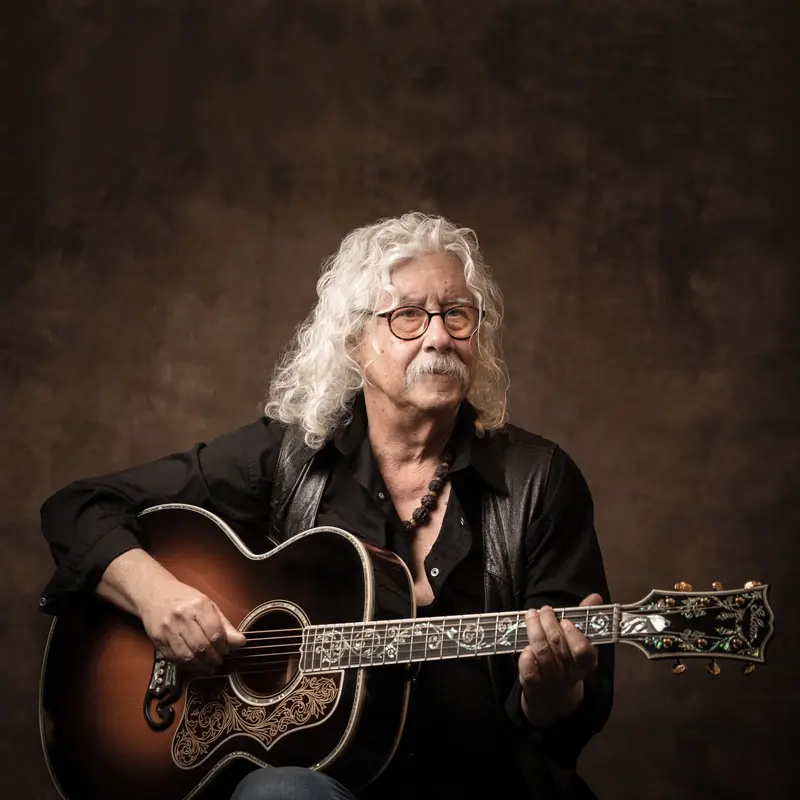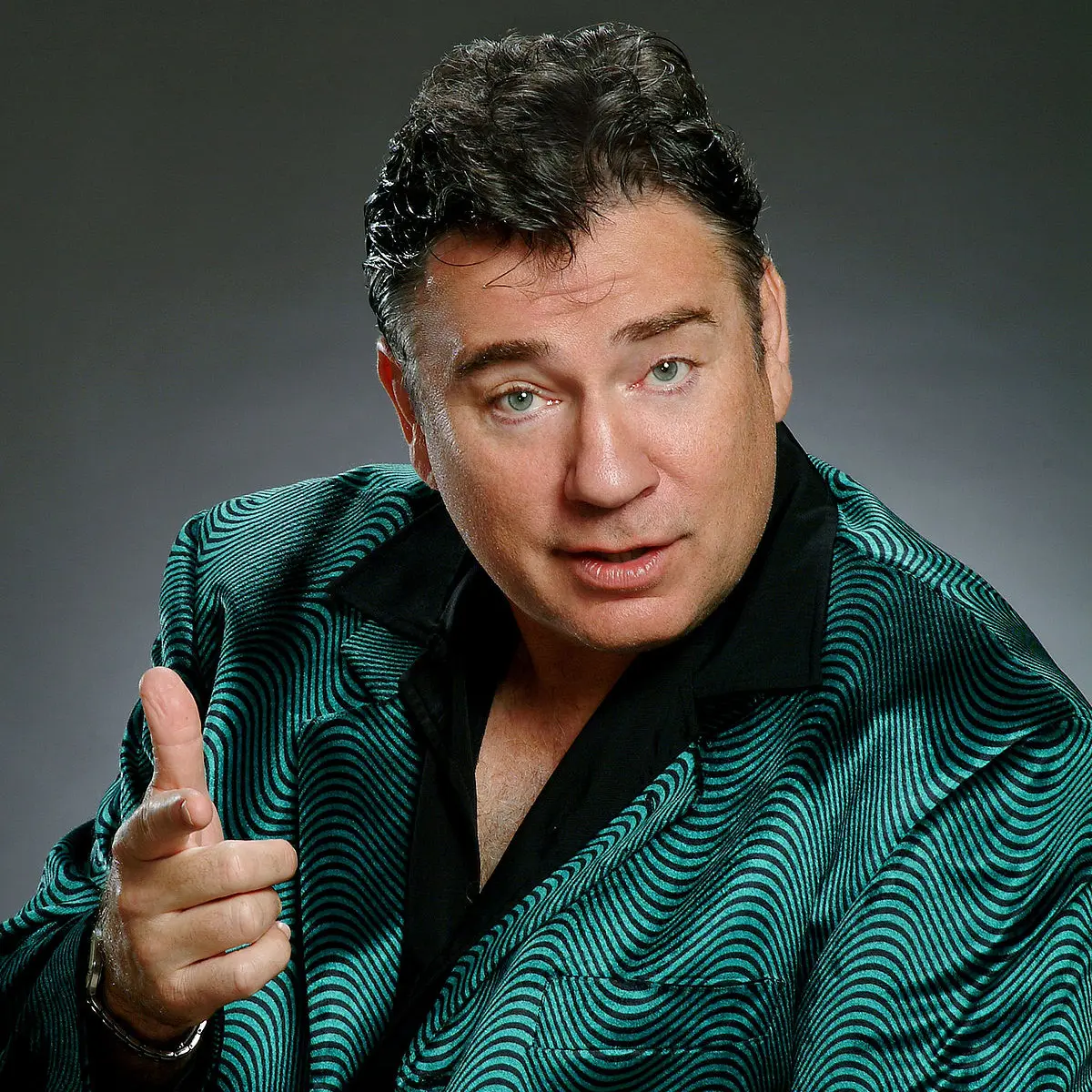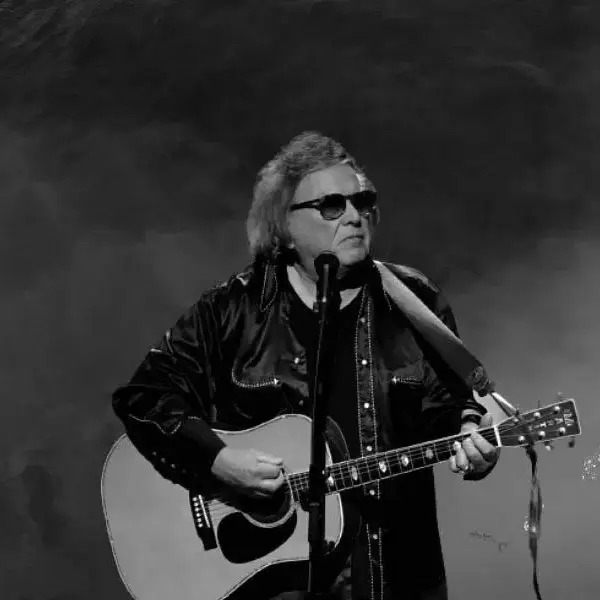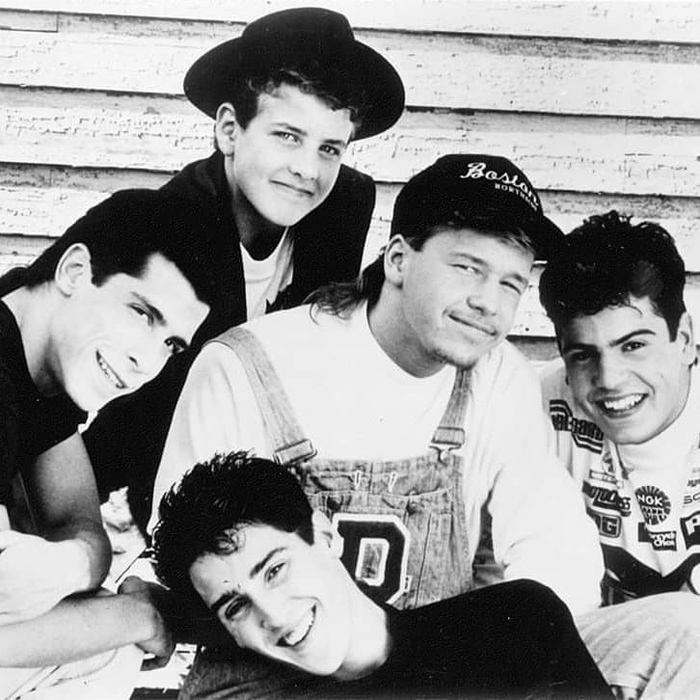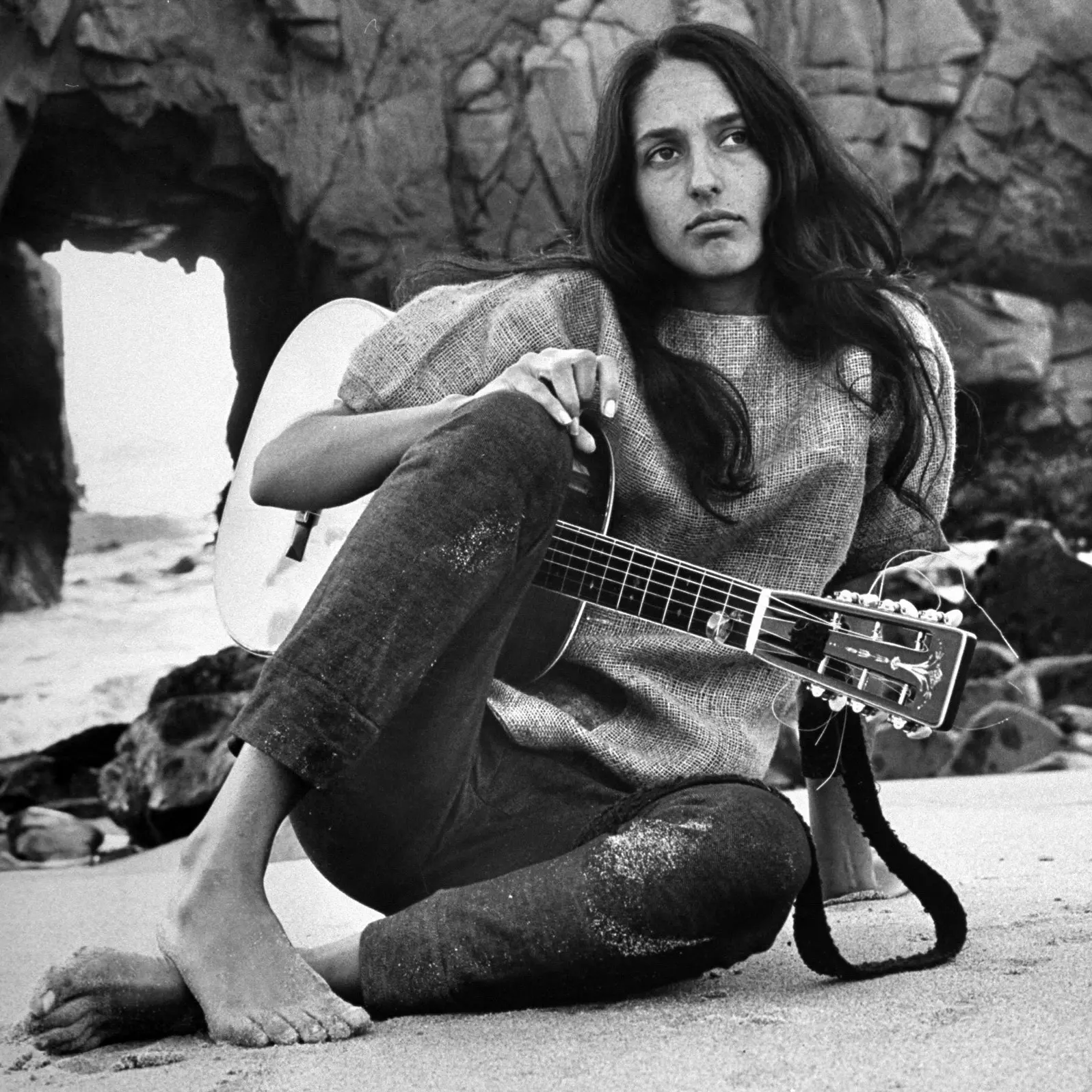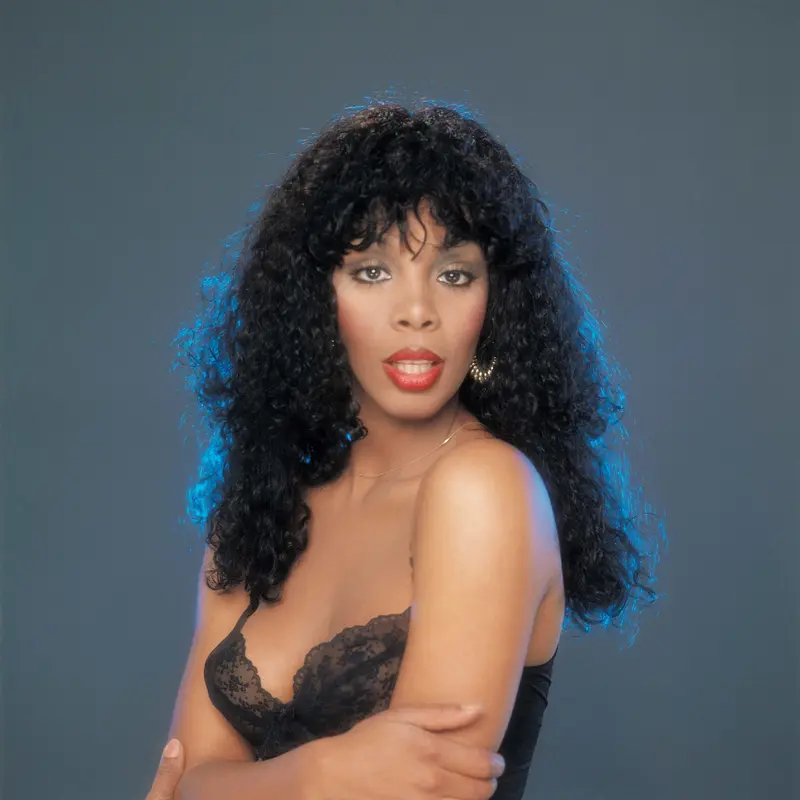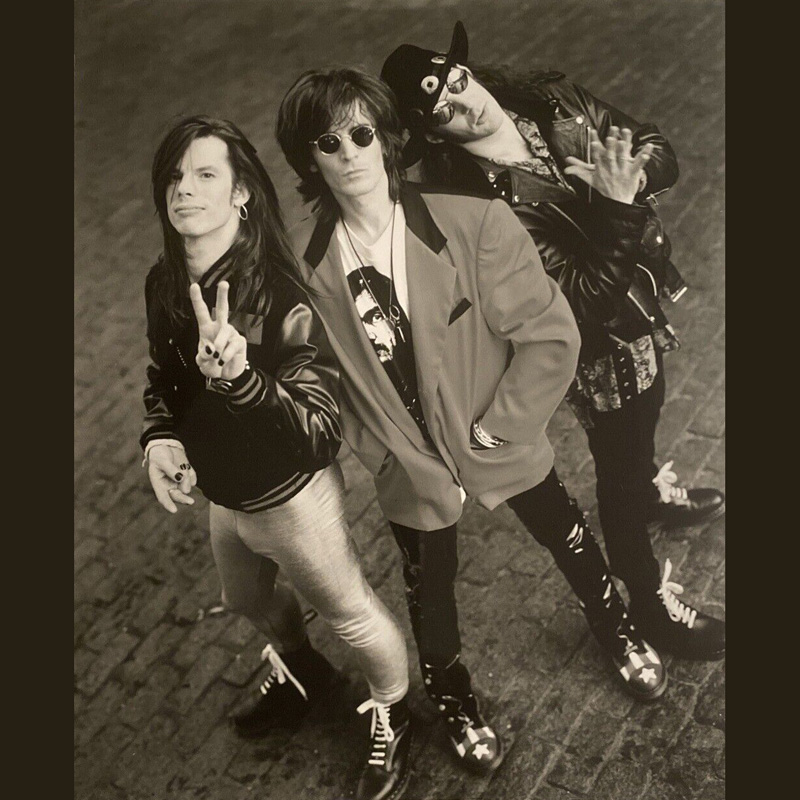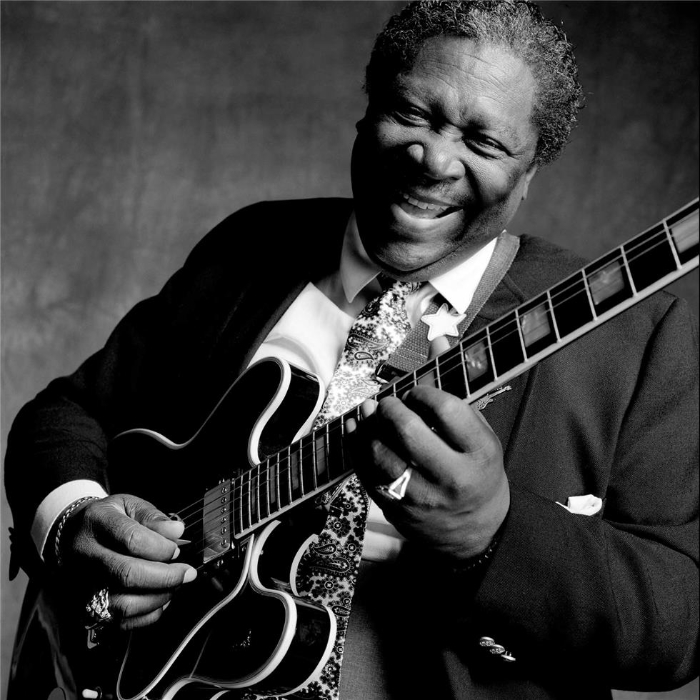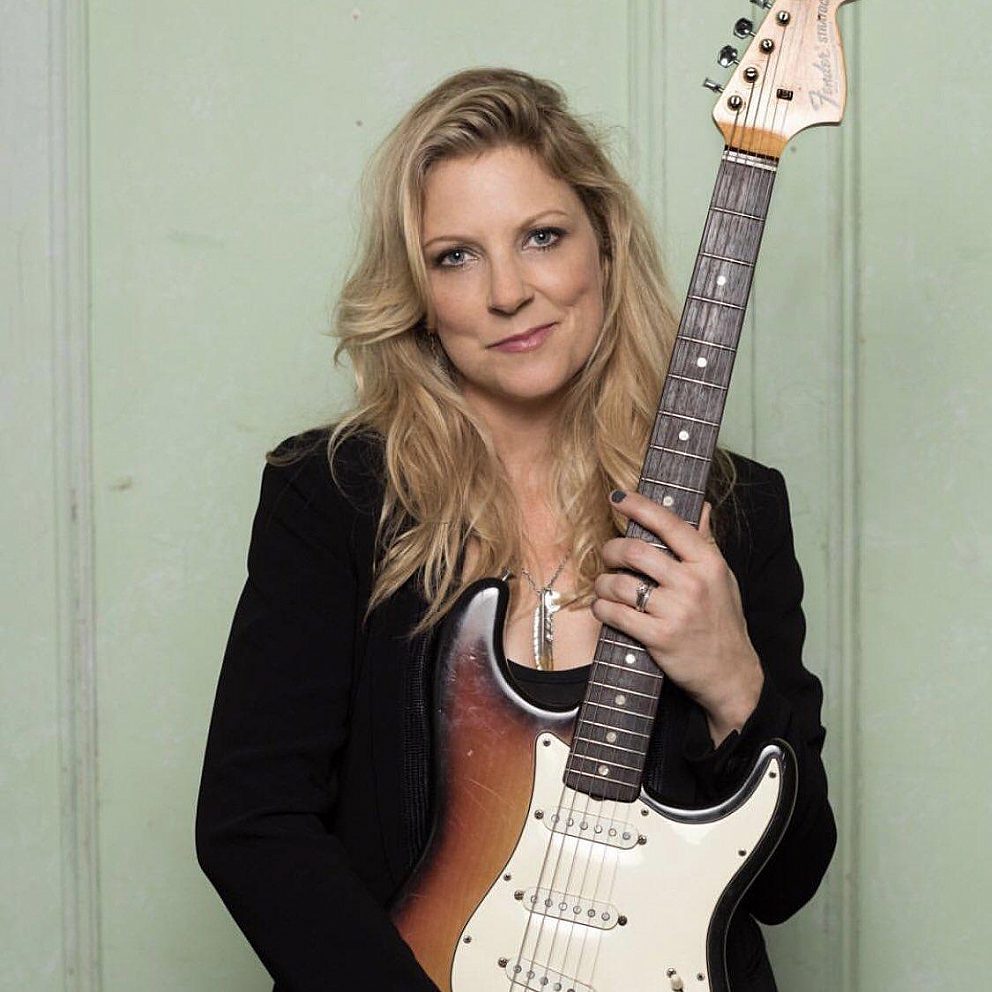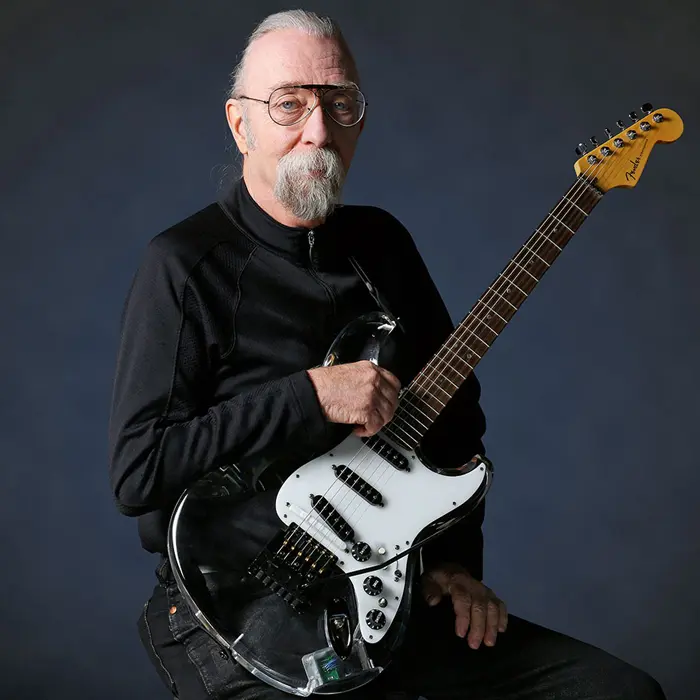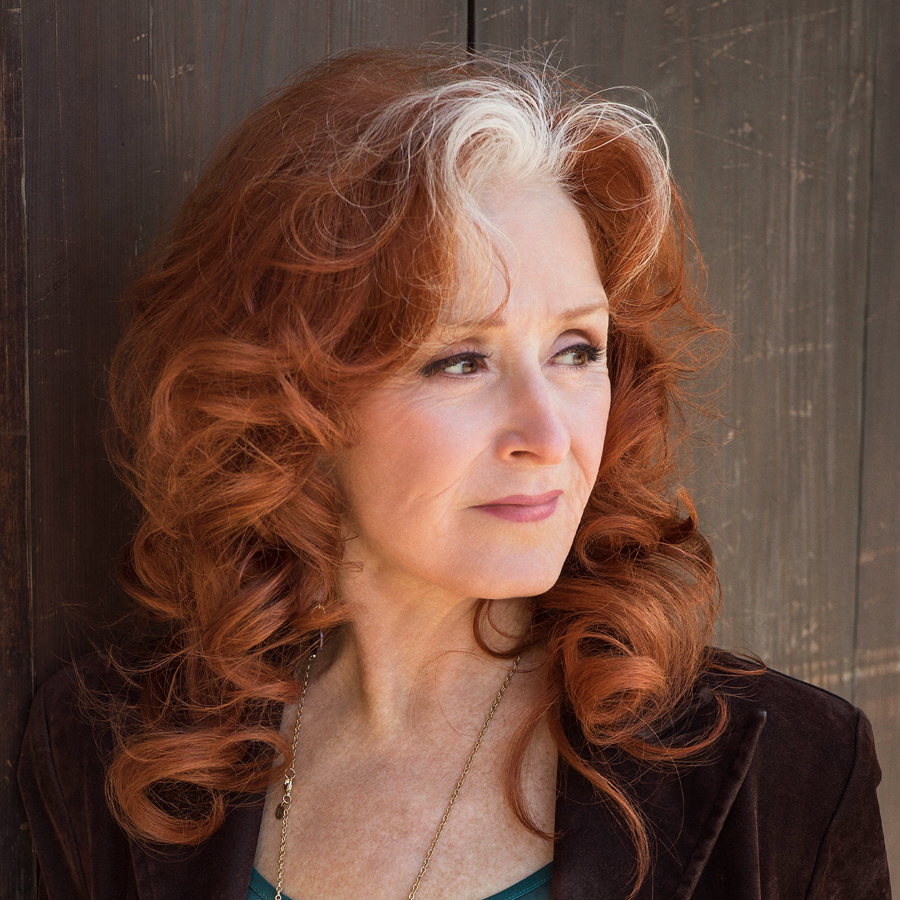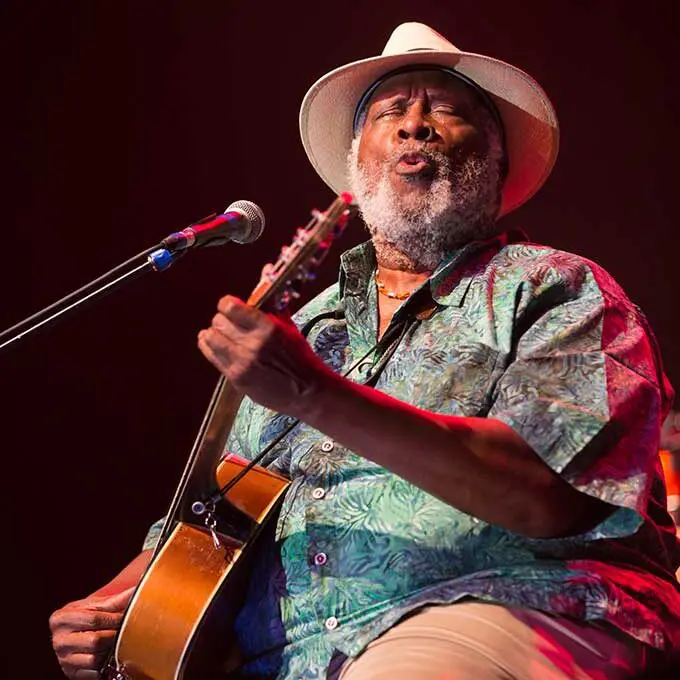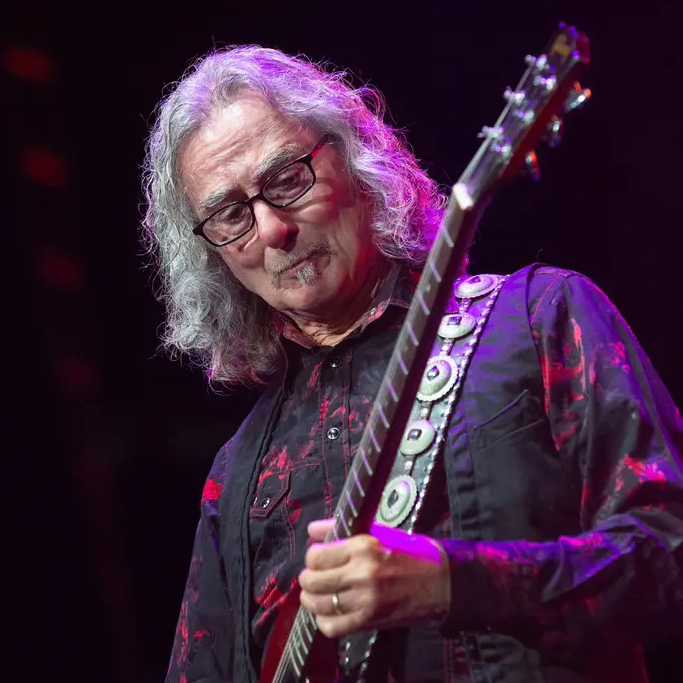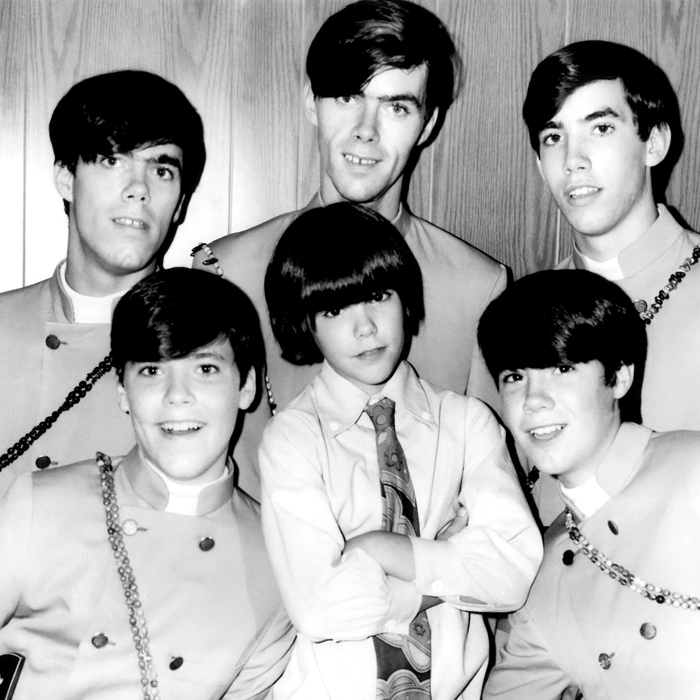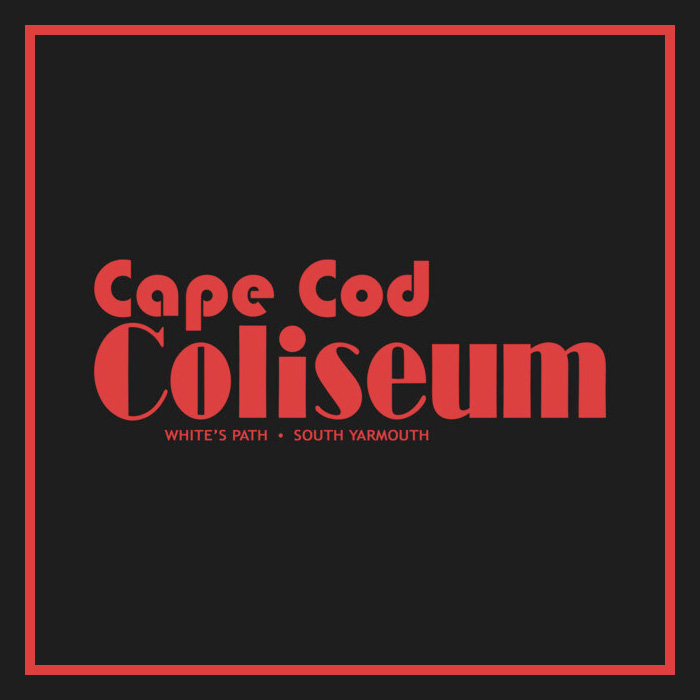Cape Cod Melody Tent
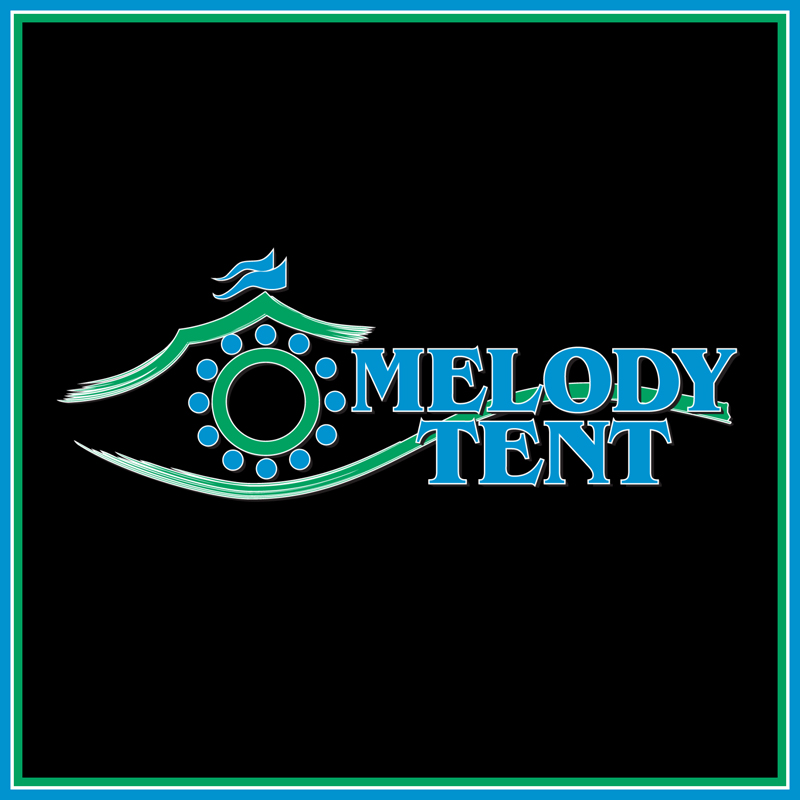
Ask most people what comes to mind when they hear the word “Hyannis” and they’ll probably say “JFK” or “the Kennedy Compound,” though some might go with “Cape Cod Chips,” the snack food company founded there in 1980. But any music lover familiar with the area would probably say “Cape Cod Melody Tent,” though some might go with “Cape Cod Coliseum” (despite the fact that it was in South Yarmouth, not Hyannis) since it hosted dozens of concerts between 1973 and 1984.
Except for the Coliseum’s relatively brief flash, Cape Cod Melody Tent has been the brightest light on the peninsula’s live-music landscape since its opening in 1950, presenting everything from operas, operettas, symphonies and musicals to blues, jazz, folk, rock, pop, country and rap on its 360-degree rotating stage. One of only two continuously operated in-the-round tent theatres in the United States (the other being South Shore Music Circus in Cohasset, 55 miles west of Hyannis), its intimate atmosphere, coastal setting and ability to draw some of the most regionally, nationally and internationally acclaimed artists has made the 2,300-capacity space a staple for locals and visitors alike during its June-to-September season.
BACKGROUND, OPENING
The Melody Tent was the first venue of its kind in New England, but it wasn’t the first in the country; it was the third. The first tent theater in the US was the Lambertville Music Circus, which opened in 1949 in Lambertville, New Jersey and was the brainchild of St. John “Sinjun” Terrell. A circus-style space with one ring, not the usual three, it presented operettas and musicals, with the actors walking down the aisles and interacting with audience members, which was a novel idea at the time. Terrell, a Chicago native who worked as a fire-eater in a carnival at age 16 and was the voice of the titular character in the WBBM radio show Jack Armstrong: All-American Boy in the ‘30s, opened his second tented venue in the winter of 1949/’50, Miami Music Circus in Miami Beach, Forida, which inspired what became Cape Cod Melody Tent.
Here’s what happened: In early 1950, renowned Broadway actress Gertrude Lawrence was vacationing in Miami, saw the new site and was so impressed that she recommended to her husband, Broadway producer Richard Aldrich (who owned two venues on Cape Cod, The Cape Playhouse in Dennis and the Falmouth Playhouse) that they bring the “music circus” idea north as soon as possible. He agreed and Lawrence asked the Cohasset-based non-profit South Shore Playhouse Associates and its troupe, the South Shore Players (founded in 1933), to cooperate in the venture, but they said they had no interest in tent theatre and turned her away. Surprised but not dissuaded, Lawrence chose to open the new theatre in Hyannis instead of in Cohasset and “bought a tent and set it up on Main Street,” according to Tony Raine, Melody Tent’s production manager from 1994 until 2013, in a 2019 interview with WCAI.
Lawrence and Aldrich named the then 1,000-capacity venue Cape Cod Music Circus and presented comedies, operas, operettas and summer-stock versions of Broadway shows during a 10-week season, with Aldrich working as producer and director. Opening night was July 4, 1950 and featured Sigmund Romberg’s operetta “The New Moon”; in the 880-strong audience were famed comedian Fred Allen, film star Lilian Gish and a variety of local politicians. Due to space constraints, none of the Circus’s productions featured extensive scenery but there were plenty of lavish costumes and a nine-piece in-house orchestra. The inaugural season went seamlessly and was a huge hit, ending on Labor Day weekend with a performance of “Show Boat.” Tickets for the first season cost between$1.20 and $3.60 for the evening shows and between $1.20 and $3.00 for the Thursday matinee.
SOUTH SHORE MUSIC CIRCUS, RELOCATION, BECOMING “MELODY TENT”
In December 1950, just three months after the end of that first season, South Shore Playhouse Associates changed its tune on tent theatre, announcing that it would start presenting a variety of musical productions under a tent on the horse grounds of the Bancroft Estate in Cohasset in mid-1951, with Aldrich working as producer and director. Called South Shore Music Circus, it became the fourth tent theatre in the US, followed by some 30 others over the next decade, including four owned by concept originator Terrell. The Melody Tent and South Shore Music Circus have had a close connection over the decades, staging many of the same productions and hosting many of the same musical guests, and in 1990 South Shore Playhouse Associates officially acquired the Tent.
Before Cape Cod Music Circus’s second season opened on July 2, 1951 with Moss Hart’s “The Great Waltz,” Aldrich, who was a commander in the US Navy in addition to being a Broadway producer, was called to serve in the Korean War, replaced in management by David M. Holtzman, a New York City-based theatrical attorney who represented Lawrence. The 1952 and ’53 seasons were even more successful that the first two, helped by the rising fan-favorite status of radio personality and actor Jim Hawthorne, who appeared in “Oklahoma!” and “The Student Prince,” among other shows. By early ‘53, however, Aldrich and Holtzman were having trouble keeping up with rising production costs and realized that expansion was necessary in order to stay afloat.
Their concerns about the venue’s future grew in June ‘53 when Terrell filed a breach-of-contract lawsuit against Aldrich and Cape Cod Music Circus, claiming that he’d helped Aldrich establish the venue in 1950 and that they agreed that Terrell would produce or supply shows for a weekly fee and percentage of the gate; Alrich had ignored the agreement, Terrell said. The court found in favor of Terrell in December ’53 and demanded that Alrich drop “Music Circus” from the name immediately. While the legal proceedings were ongoing, the Circus was dealt another blow: their Main Street site was sold to the Stop & Shop supermarket chain, meaning the venue had to relocate before the start of the 1954 season.
In January ‘54, Lawrence and Alrich held a contest to find a catchy new name for the venue and two people, Mildred Hobbs and Donald Traysor, submitted what became the final choice, “Cape Cod Melody Tent”; both received season passes for the winning idea. Alrich and Lawrence moved the rebranded venue to land they’d bought on West Main Street, where it remains to this day. The new space had hardtop floors (upgraded from the dirt and grass ones of the original location), a significantly larger tent, a slightly expanded capacity of 1,100 and in later years – after the capacity increased to its current 2,300 – led to the construction of the West End Rotary to manage the increase in traffic. Aldrich sold his shares in the Tent and South Shore Music Circus to Holtzman later in ’54 but worked as a consultant to both until his death in 1965.
NOTABLE 1950S, ‘60S, ‘70S, ‘80S APPEARANCES
In the ‘50s, the Melody Tent hosted orchestras led by Benny Goodman, Dizzy Gillespie, Woody Herman and others and comedians, Broadway greats and film stars including Ginger Rogers, Douglas Fairbanks Jr., Angela Lansbury, Robert Merrill, Bob Hope, Pearl Baily, Zero Mostel, Victor Borge, Rosemary Clooney, Debbie Reynolds and Judy Garland. Garland’s daughter, Liza Minelli, worked as an apprentice at the Tent in 1961 and made her stage debut there that year (at age 15, playing the part of Muriel in “Take Me Along”). The Tent became mainly a concert venue in the mid-‘60s, when producing theater and opera became more expensive, and by the end of the decade had presented acts from across the musical spectrum, among them Frankie Valli & The Four Seasons, Judy Collins, Johnny Cash, Strawberry Alarm Clock, Richie Havens and Nat “King” Cole.
The variety continued in the ‘70s with acts as diverse as Ben Vereen, Lynyrd Skynyrd, Harry Chapin, The Pointer Sisters, Chuck Mangione and Sha Na Na. Others included Dionne Warwick, Crystal Gayle, The Clancy Brothers & Robbie O’Connell, Arlo Guthrie, The Kingston Trio, Harry Belafonte, Buddy Rich and Tony Bennett. Among the acts that appeared during the first half of the ‘80s were Gladys Knight & The Pips, Loretta Lynn, Tom Jones, Neil Sedaka, Three Dog Night, Don McLean, Perry Como and Gordon Lightfoot, followed in the second half of the decade by James Brown, Ray Charles, Jerry Lee Lewis, Fats Domino, Del Shannon, The Everly Brothers, Kenny Rogers and New Kids on the Block, among others.
NOTABLE 1990S, 2000S APPEARANCES
In the early ‘90s, chart-topping groups including The Kinks, Chicago, The Four Tops, The Temptations, Crosby, Stills & Nash, The Monkees, Procol Harum, The Moody Blues, Peter, Paul and Mary and Huey Lewis & The News appeared, as did Little Richard, Willie Nelson, Patti LaBelle, Warren Zevon, Ziggy Marley, Joe Walsh, Julio Iglesias and The Neighborhoods, to name a few. The rest of the ‘90s included shows by Cyndi Lauper, Richard Thompson, David Byrne, Grand Funk Railroad, Vince Gill, Pat Benatar, Johnny Mathis, Peter Frampton and Joan Baez.
The Tent has continued presenting a multigenred array of top-tier talent since the turn of the century, with many artists returning each season. Among those who took the stage in the first two decades of the 2000s were Aretha Franklin, Joe Cocker, Linda Ronstadt, The Beach Boys, Dar Williams, Carole King, Jethro Tull, B.B. King, The B-52’s, Susan Tedeschi, Hall & Oates, The Doobie Brothers, Emmylou Harris, Aimee Mann, The Pretenders, Elvis Costello, Toots & The Maytals and Barry Goudreau. Since 2020, acts have included Bonnie Raitt, Mavis Staples, Taj Mahal, The Turtles, Joe Bonamassa, The Association, Jay & The Americans and The Cowsills.
The original “music circus” in Lambertville, New Jersey closed in 1970, followed by every other tented live-music venue in the US over the next 30 years except for the Melody Tent, South Shore Music Circus and Broadway At Music Circus in Sacramento, California, which lowered its canvas tent for the final time in 2002. Replacing it was Wells Fargo Pavillion, an enclosed theatre-in-the-round that’s topped by a Teflon-coated fiberglass fabric, making it look like a modern-day version of the tent theatres that dotted the US entertainment landscape decades ago.
(by D.S. Monahan)

